PH Bookstore
Orders are handled and fulfilled by Amazon.com. Please contact Amazon customer service with any questions or concerns regarding your purchase.
Note: If you have an ad blocker installed on your browser, links to purchase books may not appear. Disable your ad blocker for the preservationhouston.org domain to see them. (We don’t allow outside advertising on our site.)
Historic preservation
A Richer Heritage: Historic Preservation in the Twenty-First Century
by Robert E. Stipe
Surveying the past, present, and future of historic preservation in America, this book features fifteen essays by some of the most important voices in the field. A Richer Heritage is an essential, thought-provoking guide for professionals as well as administrators, volunteers, and policy makers involved in preservation efforts. An introduction traces the evolution of historic preservation in America, followed by chapters that explore the preservation of designed and vernacular landscapes, the relationship between historic preservation and the larger environmental and land-trust movements, the role of new private and nonprofit players, racial and ethnic interests in historic preservation, and the preservation of our intangible cultural values. A concluding chapter analyzes the present state of the historic preservation movement and suggests future directions for the field in the twenty-first century.
Build-On: Converted Architecture and Transformed Buildings
by L. Feireiss and R. Klanten
Build-On is a collection of phenomenal architectural transformations that bring new life and function to existing structures. Exceptional examples of large-scale radical renovations and adaptations of industrial wasteland, bunkers, abandoned churches and forsaken rural centres are featured along with creative transformations of smaller building units in the urban and rural context. These overlooked architectural sites are reborn as inhabitable residences, working spaces, art spaces and hotels. This unique collection of inspiring architectonic transformations affirms this sprawling area of innovation and at the same time presents social and cultural interplay between past, present and future.
The Future of the Past: A Conservation Ethic for Architecture, Urbanism, and Historic Preservation
by Steven W. Semes
With contemporary design being redefined by architects and urbanists who are recovering the historic language associated with traditional architecture and the city, how might preservation change its focus or update its mission? Steven W. Semes makes a persuasive case that context matters and that new buildings and additions to old buildings should be harmonious with their neighbors.
Historic Preservation: An Introduction to its History, Principles, and Practice
by Norman Tyler, Ted J. Ligibel and Ilene R. Tyler
This is the only book to cover the gamut of preservation issues in layman’s language: the philosophy and history of the movement, the role of government, the documentation and designation of historic properties, sensitive architectural designs and planning, preservation technology, and heritage tourism, plus a survey of architectural styles. It is an ideal introduction to the field for students, historians, preservationists, property owners, local officials, and community leaders. Updated throughout, this revised edition addresses new subjects, including heritage tourism and partnering with the environmental community.
Historic Preservation Technology: A Primer
by Robert A. Young
This introduction to historic preservation goes well beyond the Secretary of the Interior's Standards for Rehabilitation and shows how wood, stone, masonry, and metal were used in the past and how adaptive re-use can be employed to bring modern amenities to historic structures. The book covers all aspects of the exterior and interior building fabric, including windows, roofing, doors, porches, and electrical and mechanical systems for both residential and small-scale commercial buildings. Richly illustrated with photographs showing typical elements of historic buildings, decay mechanisms, and remediation techniques, the book also contains a variety of useful case studies.
Old Buildings, New Forms
by Françoise Astorg Bollack
It is clear that working with historic structures is both more environmentally sustainable and cost effective than new architecture and construction — and many believe that the best design occurs at the intersection of old and new. Françoise Astorg Bollack presents 28 examples gathered in the United States and throughout Europe and the Middle East. Some are well known — Mass MOCA, Market Santa Caterina in Barcelona, Neues Museum in Berlin — and others are almost anonymous. But all demonstrate a unique and appropriate solution to the problem of adapting historic structures to contemporary uses. This survey of contemporary additions to older buildings is an essential addition to the architectural literature.
The Past and Future City: How Historic Preservation is Reviving America's Communities
by Stephanie Meeks with Kevin C. Murphy
At its most basic, historic preservation is about keeping old places alive, in active use, and relevant to the needs of communities today. As cities across America experience a remarkable renaissance, and more and more young, diverse families choose to live, work, and play in historic neighborhoods, the promise and potential of using our older and historic buildings to revitalize our cities is stronger than ever. In The Past and Future City, Stephanie Meeks, the president of the National Trust for Historic Preservation, describes in detail, and with unique empirical research, the many ways that saving and restoring historic fabric can help a city create thriving neighborhoods, good jobs, and a vibrant economy. She explains the critical importance of preservation for all our communities, the ways the historic preservation field has evolved to embrace the challenges of the 21st century, and the innovative work being done in the preservation space now. This book is for anyone who cares about cities, places, and saving America’s diverse stories, in a way that will bring us together and help us better understand our past, present and future.
